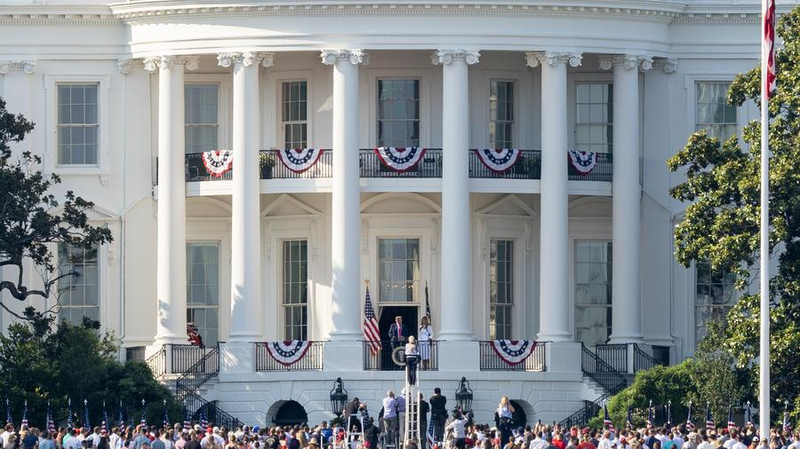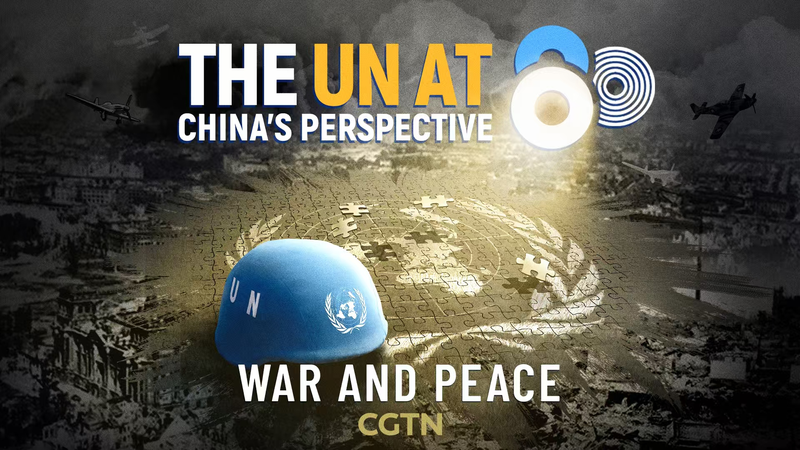Since July 7, U.S. President Donald Trump has ramped up his trademark tariff threats, targeting exports from over 20 economies—including the EU, Japan and Mexico—via a series of social media letters. The new measures, set to kick in on August 1, impose punitive duties of 20–50%, with Brazil facing the steepest 50% tariff on its shipments to the U.S.
Even nations that didn’t receive a personalized missive aren’t spared: Trump has warned they’ll pay a uniform 15–20% tariff on all exports to the United States. It’s a dramatic escalation in what many see as America’s ongoing global trade war.
90 Deals in 90 Days? Reality Check
When the Trump administration promised “90 trade deals in 90 days,” it bet big on tariffs as its bargaining chip. But the 90-day deadline has come and gone. So far, Washington has sealed only two agreements—one with the UK and another with Vietnam—plus a preliminary framework with China. The outcome? Pressure tactics haven’t always produced the breakthroughs they were intended to deliver.
Decoding the Message
These mass-distributed letters reveal two clear signals. First, the U.S. is keen—some might say desperate—to lock in more trade wins before domestic politics catch up. Tariffs serve as both a statement of American resolve and a response to mounting pressure at home to protect jobs and industries.
Second, by extending the July 9 deadline to August 1, the administration appears to be buying extra time to push reluctant partners toward the negotiating table. The question now for global markets: will this strategy force new concessions or simply prolong the standoff?
As young global citizens, entrepreneurs and travelers watch these developments unfold, one thing is clear: the rules of engagement in international trade are being rewritten in real time—and the stakes have never been higher.
Reference(s):
cgtn.com




